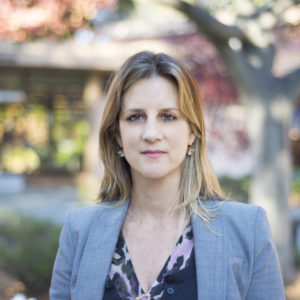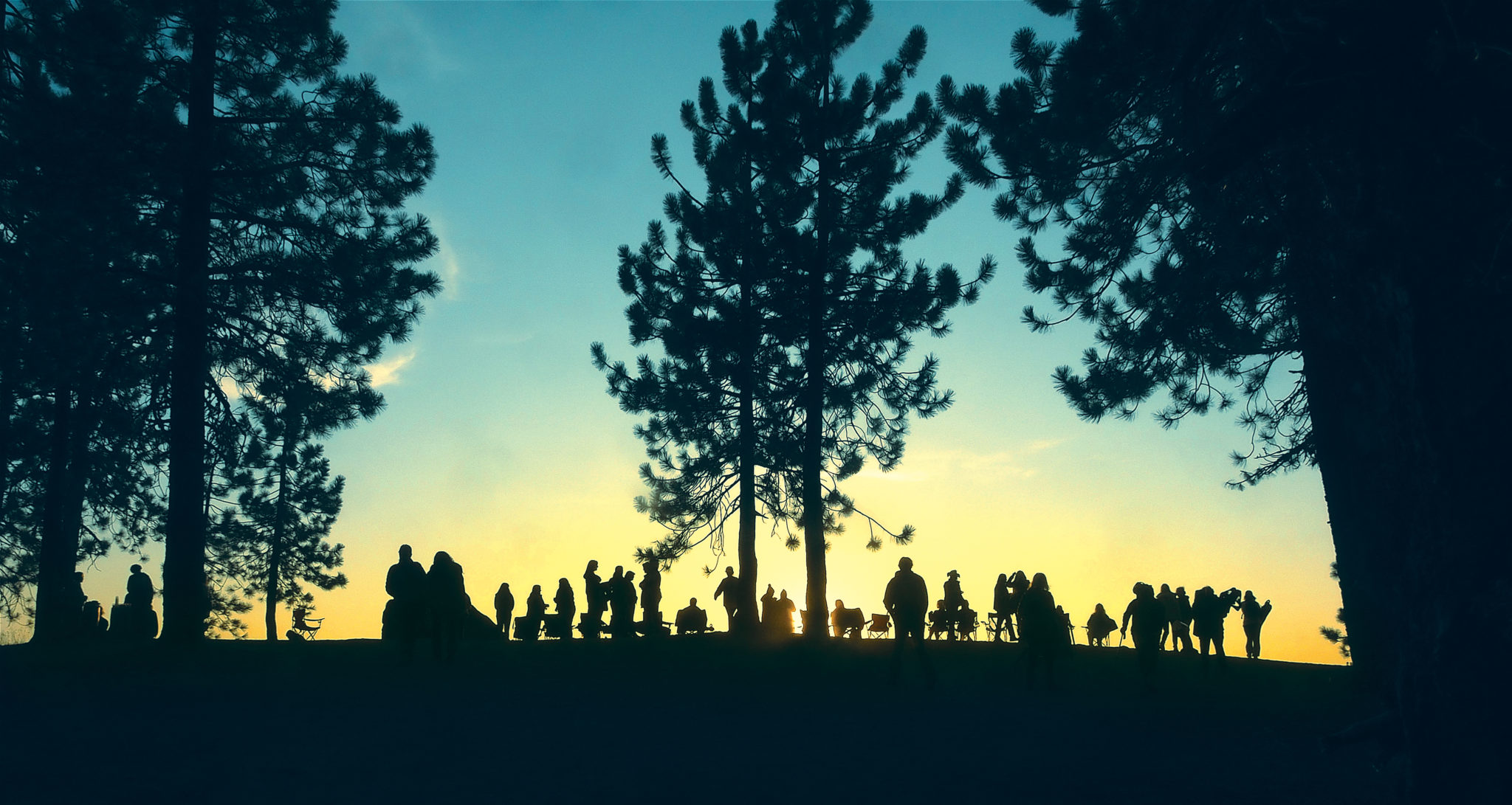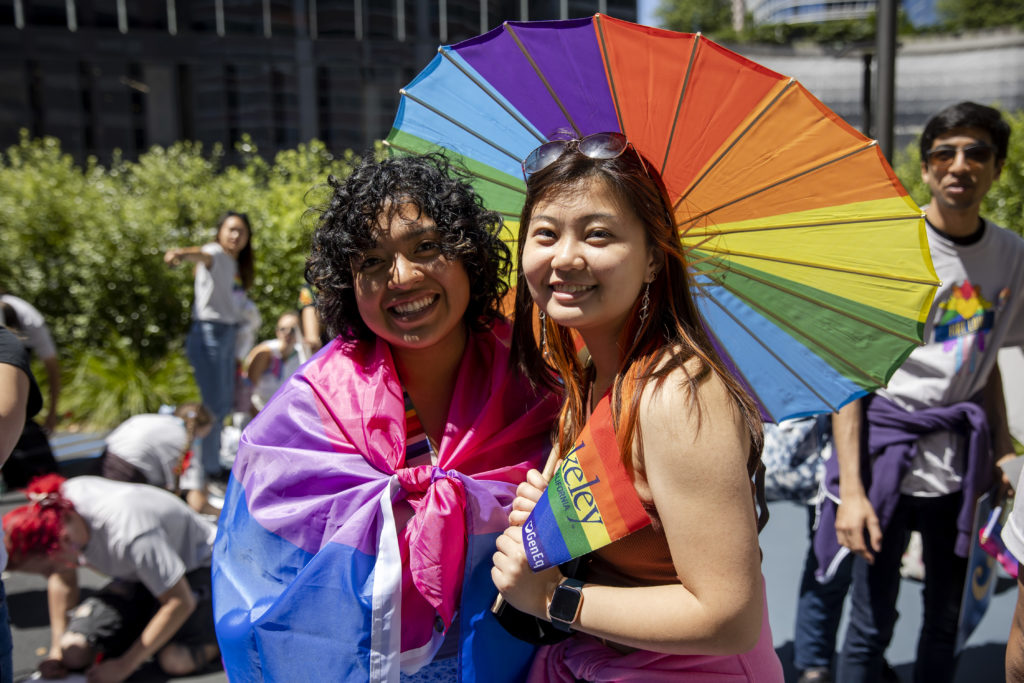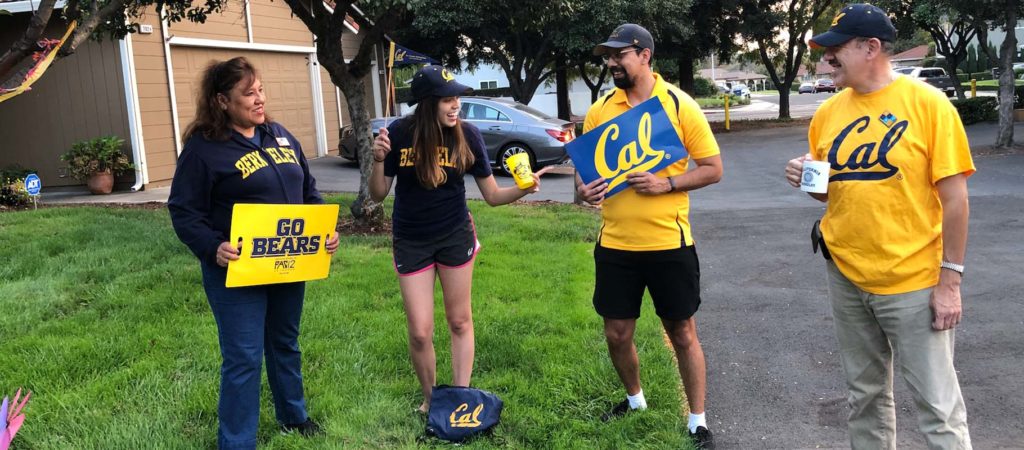It is no secret. I am an optimist.

But, the pandemic. But, global unrest. But, rising poverty and social inequality. There are many compelling reasons to feel discouraged.
100 years ago, on the association’s 50th anniversary in 1922, it is likely the Cal alumni community felt a similar cast. The senior class had endured the 1918 “Plague Year”—that
of the deadly, global influenza; and WWI had placed 3,073 “Californians,” students and faculty from Berkeley, in uniform.
One undergraduate observed that “starting a little ‘California spirit’ has proved futile.”
If an optimist’s lens can be applied to that somber time, I propose it is not the events, but the campus and community’s response that lifts our spirits. In that same decade, the number of women students at Berkeley nearly doubled prewar enrollment. The Academic Senate was established, providing faculty with a voice and role in governance on campus. The Associated Women’s campus group was discontinued in favor of a single, united student organization, the Associated Students of the University of California (ASUC), and the first campus residence, Bowles Hall, opened to students.
When the 12 students comprising UC Berkeley’s charter class founded our alumni association in 1872, their stated goal was not, as CAA’s forthcoming strategic plan will specify, enriching its programs ‘through DEIBJ (diversity, equity, inclusion, belonging, and justice) principles and values.’ And yet, while their language was different, I believe their intent was aligned with ours today. The association’s original charter centered on “the promotion of good fellowship and kindly feeling among its members and the fostering of liberal and scientific culture on the Pacific Coast.” I believe our predecessors laid the foundation for an alumni community committed to the enrichment of each of its constituents.
This fall, our alumni association is launching Cal Alumni Mentors, a first-in-class program expressly for undergraduates who are first-generation, low-income, or from groups underrepresented and underserved at Berkeley. CAA created this program in recognition of the changing demographics of the Cal student population—29% of Berkeley’s undergraduate population will be the first in their families to receive a four-year college degree, 27% are Pell Grant recipients, and 23% are from underrepresented* groups. I feel immense pride and gratitude for our community of alumni and partners who are bringing this work to fruition, through which new generations may benefit from Berkeley.
We may not always see clear paths to Cal spirit, but we know the more we draw together, the stronger our spirit emanates from within. As CAA celebrates its 150th anniversary year, I am reminded that our collective commitment to the legacy of our incomparable university is the reason why I will remain an optimist.
Fiat Lux and Go Bears!

Susie Cohen Crumpler
Executive Director, Cal Alumni Association
*The Cal Alumni Association has identified Black/African/African American, Chicanx/Latinx, Native American/Alaska Native, Southeast Asian, Pacific Islander, and LGTBQ+ as underrepresented and/or underserved groups on campus.




















